In the context of increasingly complex crop pest pressure and the trend of promoting high-quality, safe and effective agricultural production, the management and rational use of agricultural chemicals need to be given more attention.
The use of agricultural chemicals such as chemical fertilizers and pesticides in agricultural production is one of the factors causing pollution of soil, water and air. Compared to a few decades ago, the amount of chemicals used annually has increased from 1.5 to more than 2 times, mainly used for rice.
According to research results, although the amount of pesticides used in our country is still small, averaging 0.5 - 1 kg/ha/year and the amount of chemical fertilizers used is still low, but due to improper use, unbalanced fertilization and long-term accumulation in the soil environment, it has put pressure on the agricultural and rural environment.
Inorganic fertilizers in the physiological acid group with residual acid have made the soil acidic, depleted alkaline cations and many toxins appear in the soil environment, reducing soil biology and crop productivity. The use of poor quality fertilizers also has a negative impact on the soil environment.
Recently, a number of programs and projects have conducted investigations and surveys on this issue in a number of agricultural production areas in the area and have made assessments of potential risks to human health, environmental pollution and loss of biodiversity.
Through the survey, pesticides are mainly used to spray on rice, vegetables, peanuts and contain about 30 commercial pesticide products with nearly 10 active ingredients used most to control harmful objects such as diseases, pests, grass, rats.
Although most farmers are aware of the dangers of pesticides to the environment, humans, animals, agricultural products, and natural enemies, there are also some cases where farmers do not understand the negative impacts of pesticides and are only concerned with economic efficiency.
According to leaders of agricultural cooperatives, for a long time farmers have used pesticides based on experience and regularly increased the dosage to control pests.
In recent years, when the policy of developing clean agricultural production and high-tech agriculture flourished, the first thing many cooperatives did was to propagate and mobilize people to fertilize and spray pesticides according to the "4 rights" principle and to supervise each other in production.
Since then, many localities have begun to participate in organic agricultural production. Hundreds of hectares of organic rice have been formed in rice granaries such as Phu Luong (Phu Vang), Phong Hien (Phong Dien), Loc An (Phu Loc), Thuy Phu (Huong Thuy) ... not only bringing a clean environment, improving soil quality but also bringing high revenue and health to farmers.
In contrast to the harmful effects of agricultural chemicals in traditional production are the great benefits of organic agricultural production for the environment, economy and human health. The issue is the need to apply solutions in policy, science , technology, engineering, capital and above all, the determination and responsibility of the government, management agencies and producers so that organic agricultural production can be expanded and developed.
For example, in the winter-spring crop of 2023, the whole province has planted and harvested more than 39 thousand hectares; the yield is estimated at about 65.2 quintals/ha. This result is also thanks to farmers focusing on organic agricultural production, associated with scientific advances....
Source








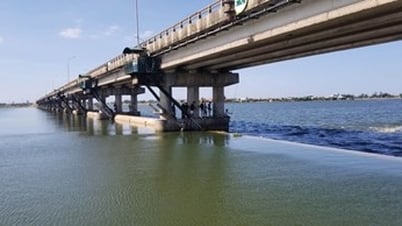
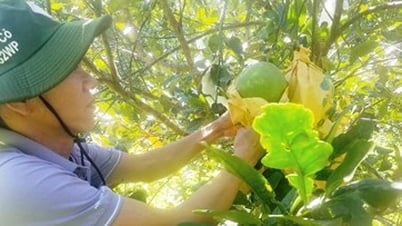
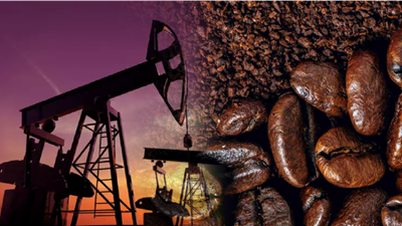


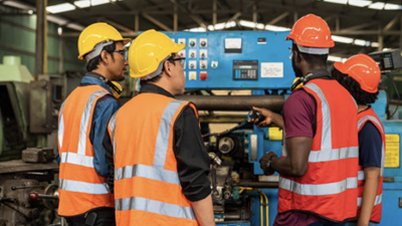






























































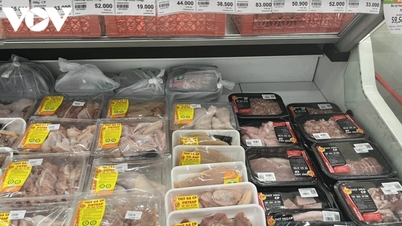



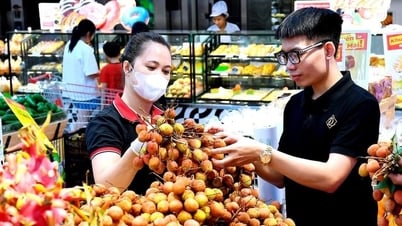












Comment (0)